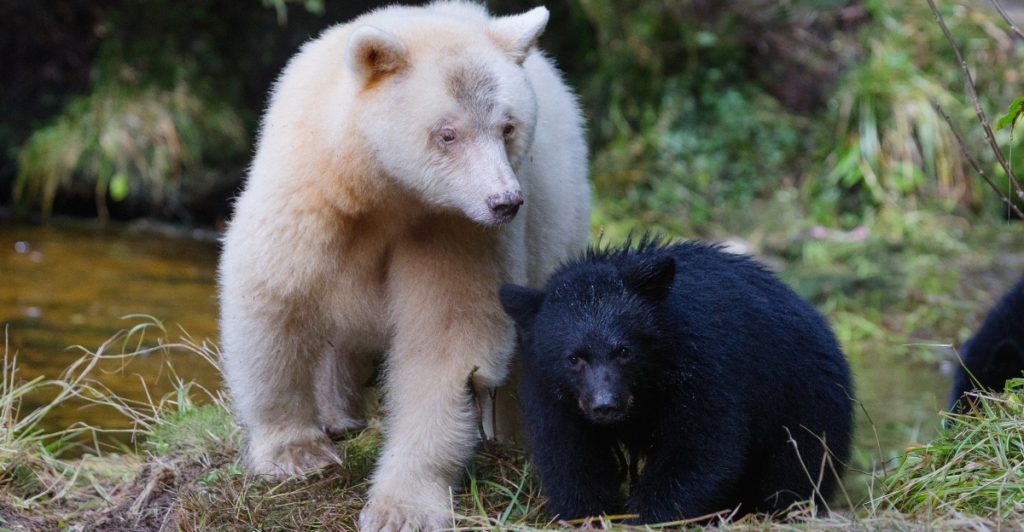
So, everybody knows lions, elephants and wolves. But there’s another side to nature that nobody really talks about. There are many crazy, lesser-known animals that deserve the spotlight.
From the holy Siamese crocodile that barely exists anymore to the Hirola antelope of East Africa, these animals are unique in ways we simply can’t even begin to imagine.
Today we’re going to look at some of them and realise why we should care. They remind us how astounding evolution is and why we must preserve them. So, fasten your seatbelt and let’s take a journey into the secrets of nature.
1. Hirola Antelope – The Four-Eyed Mystery
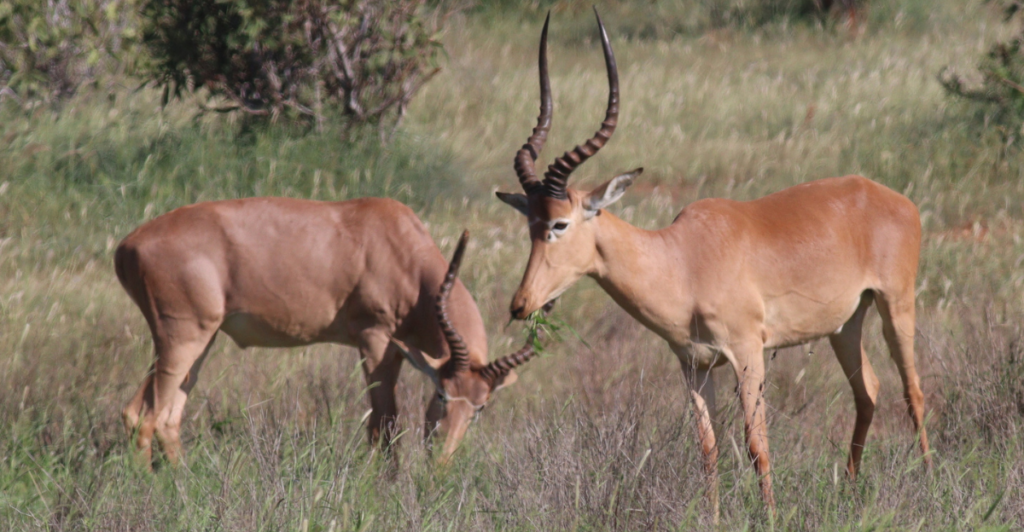
Let’s get started with the Hirola. The Hirola, or the “four-eyed antelope,” has a marking near its eyes that makes it look like it has four eyes. This rare antelope once roamed vast regions in Kenya and Somalia, but not as much anymore.
There are likely fewer than 500 antelopes living in the wild. Their population has declined due to habitat loss, hunting, and disease. But there’s still hope. The Hirola Antelope is now listed as Endangered on the IUCN Red List.
Conservation is already taking place to save what’s left of their habitat, and even local ecotourism is helping spotlight it. It’s way down the line, but there’s hope for the Hirola if we keep up with it.
2. Roach’s Mouse-Tailed Dormouse – The Elusive Rodent
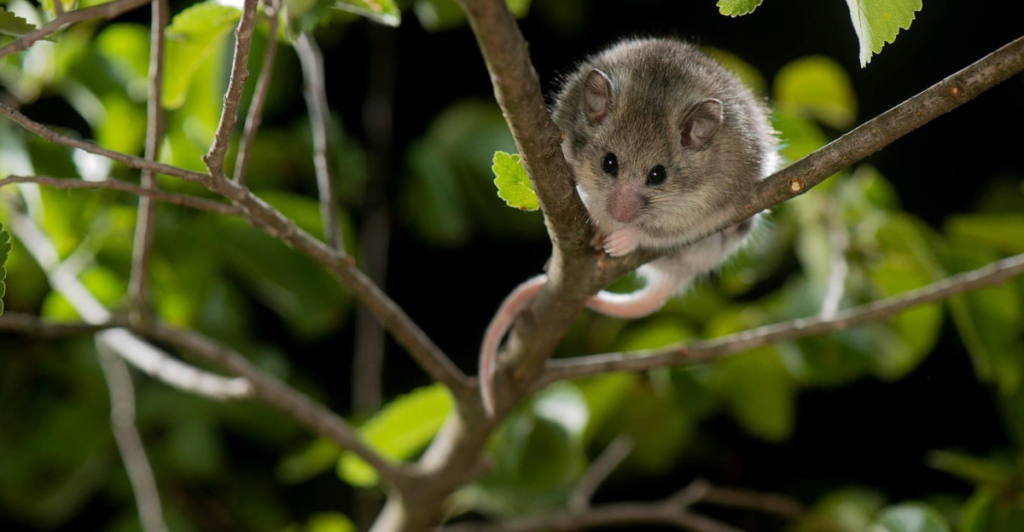
The Roach’s mouse-tailed dormouse is one elusive animal you never hear any news about. Native to Bulgaria and Turkey, it’s a small rodent with an almost bald tail—which is totally unlike other dormice.
The issue is that it’s incredibly hard to find as it likes to hide all day. It’s nocturnal, it’s got ample time under the ground, and the fact that it prefers open, cultivated terrain doesn’t do much for it. Human activity has really torn into its environment, which is why it has become so rare.
We don’t really know much about its behavior, but conservationists are trying to protect what is left of its environment. They’re working to recreate its habitat and provide enough food for these small animals to survive long term.
3. Siamese Crocodile – Cambodia’s Sacred Reptile
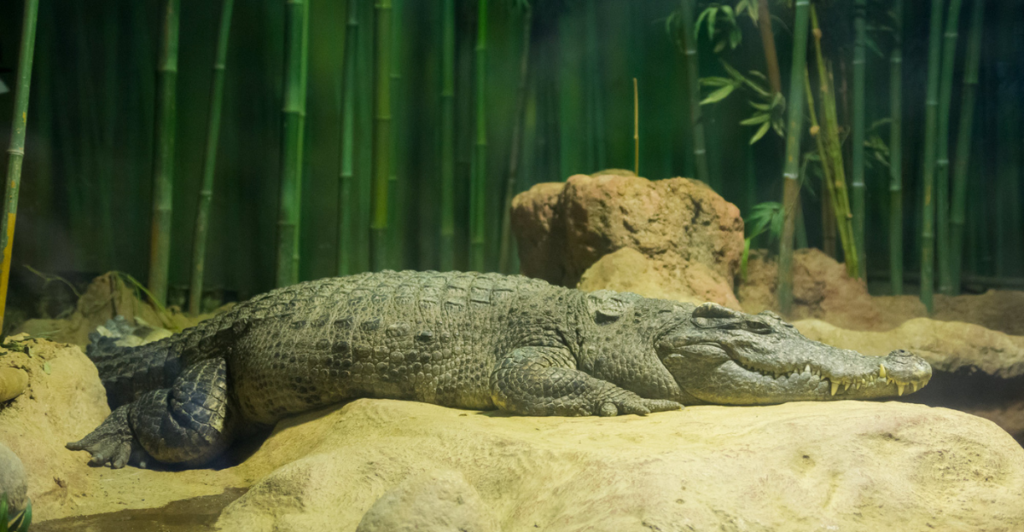
The Siamese crocodile is impressive, and it’s even considered sacred by some local Cambodian communities. Unfortunately, it’s also one of the most critically endangered creatures in Southeast Asia.
Although once abundant all over most of the continent, today, it’s mostly just getting by in Cambodia. In spite of being sacred, the Siamese crocodile has been pushed to the edge of extinction through habitat loss and excessive hunting.
But don’t fret, there is light at the end of the tunnel. Conservationists have initiated breeding programs, and they’ve been successful in releasing over 1,000 crocodiles back into sanctuaries. These practices help save the crocodiles and keep their ecosystem in balance.
4. Javan Rhinoceros – The One-Horned Survivor
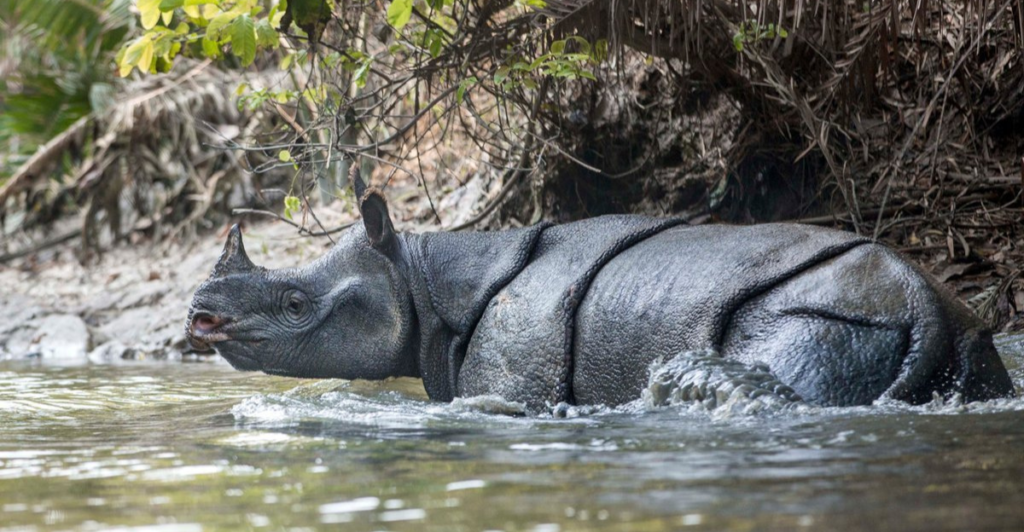
The Javan rhinoceros is one tough creature. It has survived for millions of years, but is now facing extinction. With only about 75 left, they’re surviving in essentially one tiny park in Indonesia—Ujung Kulon National Park.
Poaching and habitat destruction have threatened to erase them, but there is still a spark of hope for the creatures. They’ve received a lot of protection, ranging from anti-poaching patrols to habitat restoration and even breeding programs.
Locals who live close to the park are also on board, doing their best to reduce human-wildlife conflict. It will take a great deal more than this to make the rhino survive, but this is opening the door to a better future.
5. Yangtze Finless Porpoise – The River’s Smile

The Yangtze finless porpoise might just have the cutest face you’ve ever seen, but it’s in serious trouble. Living in China’s Yangtze River, this little porpoise has been pushed to the edge by pollution, overfishing, and habitat loss.
What makes it stand out? Well, it’s got no dorsal fin, which is pretty unique among aquatic mammals. Unfortunately, that doesn’t help it survive when the river is in bad shape. With fewer than 1,000 remaining, activists are fighting to restore the porpoise’s habitat, minimize pollution, and conserve the porpoises.
They’re also trying captive breeding and teaching local communities how to help keep the river clean. The fight is serious, but the fate of the porpoise depends on these efforts.
6. Silky Sifaka Lemur – The Ghost of Madagascar
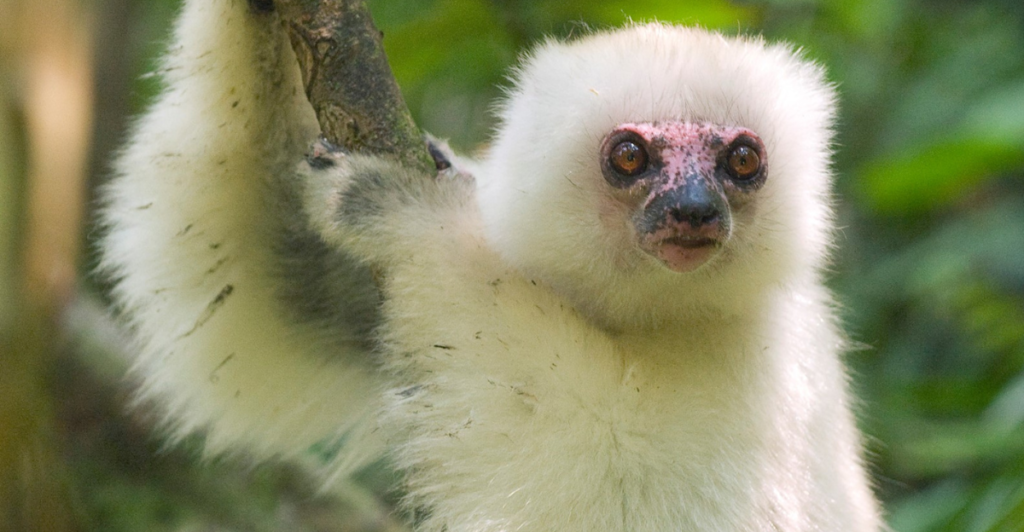
Silky sifaka lemur is like a dream come true. This is a rare primate that can only be seen in the rainforests of Madagascar, with an exquisite white coat that makes it look ghostly.
And as beautiful as it looks, the silky sifaka has less than 250 members left and is on the brink of extinction. Deforestation is mainly due to humans cutting down trees to plant farms and logs. Conservationists are battling to preserve the lemur’s existing forest habitat and minimize the risk of illegal deforestation.
They’re also educating locals on why it’s crucial to conserve these creatures. It won’t be an easy fight, but preserving the silky sifaka is essential to keep the ecosystems intact.
7. Spoon-Billed Sandpiper – The Beaked Wanderer
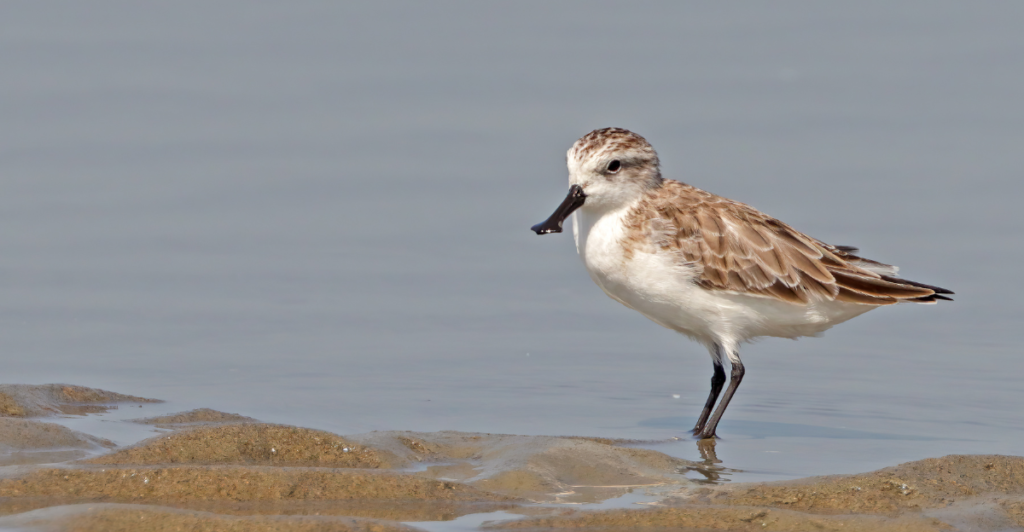
The spoon-billed sandpiper has one of the most unique beaks you’ll ever see—a flat, spatula-shaped one that helps it find food in mudflats. But despite its interesting appearance, this little bird is in big trouble.
There are fewer than 800 spoon-billed sandpipers left, and their habitats along their migratory routes are quickly disappearing. Human habitation along the coastlines is among the largest contributing factors to their decline, but fortunately, conservationists are not waiting.
There are captive breeding programs, and groups are working to recreate mudflat habitats so that the birds can flourish. It’s an uphill battle, but with enough effort, this bird might just be a comeback story.
8. Red Wolf – America’s Forgotten Predator
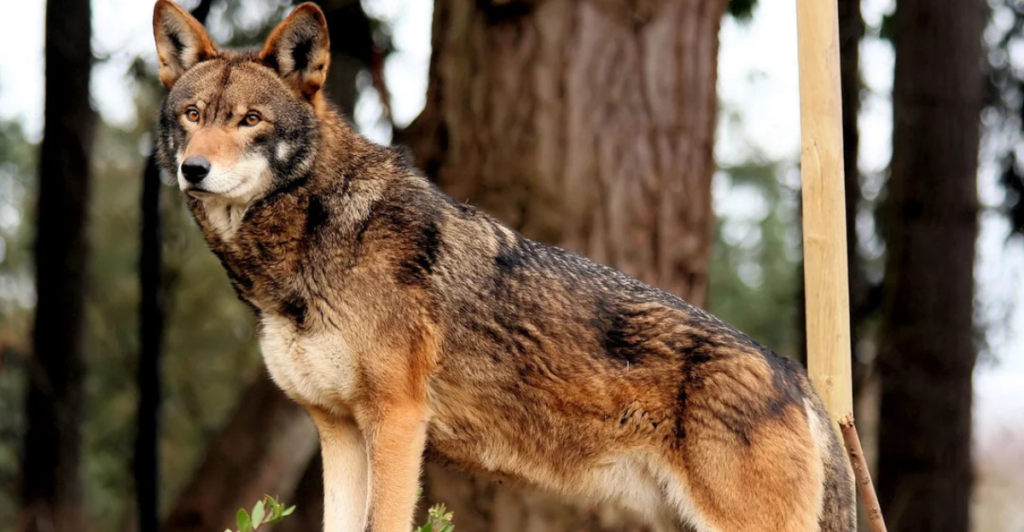
Once ranging across the southeast United States, the red wolf is now teetering on the brink. With fewer than 20 wild red wolves remaining, this once-ultimate predator hangs in the balance, teetering on the edge of extinction.
Habitat loss and hunting have pushed the red wolf to near-extinction status, not to mention its interbreeding with coyotes. Conservationists are laboring day and night to return them to their native habitats through captive breeding and releasing increasing numbers of wolves into the wild.
It’s not easy work, however—an awful lot has to be accomplished, from teaching people about the animal to ensuring wolves and coyotes don’t get along too poorly. The red wolf is worthy of being afforded the opportunity to survive, and now, it’s finally getting that chance.
9. Spirit Bear – The White Guardian of the Rainforest
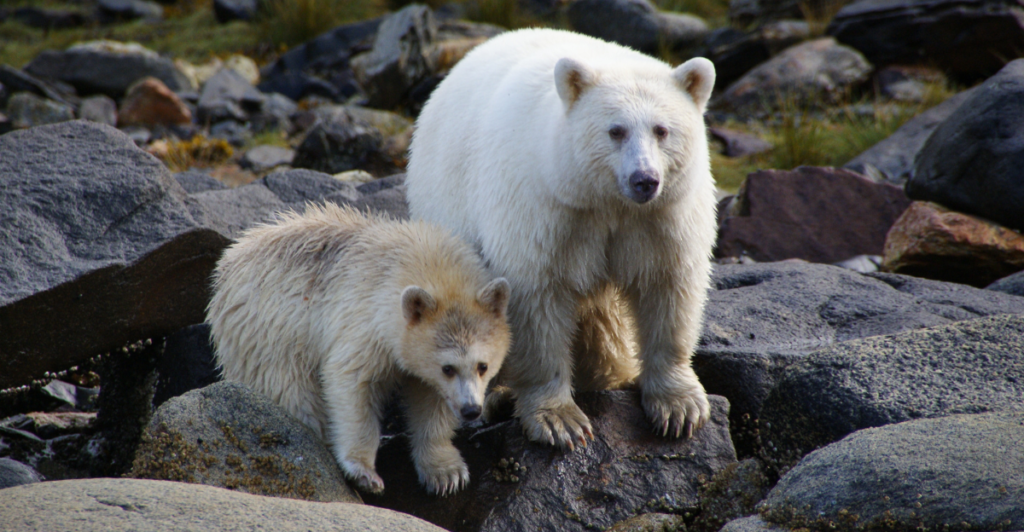
The spirit bear is a real treasure of British Columbia’s Great Bear Rainforest. A white variant, although rare, of the black bear, this unforgettable animal is a near-mythical rainforest symbol.
It is not a distinct species, but its white coloration makes it unforgettable, and its cultural importance is immense for the local indigenous communities. Regrettably, only an estimated 400 of these bears exist, and they are a species that is critically endangered.
The rainforest that the spirit bear inhabits is being actively protected by conservationists, but this is a delicate situation. With more and more dangers threatening the forest, keeping it intact is not just important for the spirit bear, but the entire ecosystem. Protecting the bear’s habitat will help ensure biodiversity for future generations.
Explore more of our trending stories and hit Follow to keep them coming to your feed!

Don’t miss out on more stories like this! Hit the Follow button at the top of this article to stay updated with the latest news. Share your thoughts in the comments—we’d love to hear from you!







